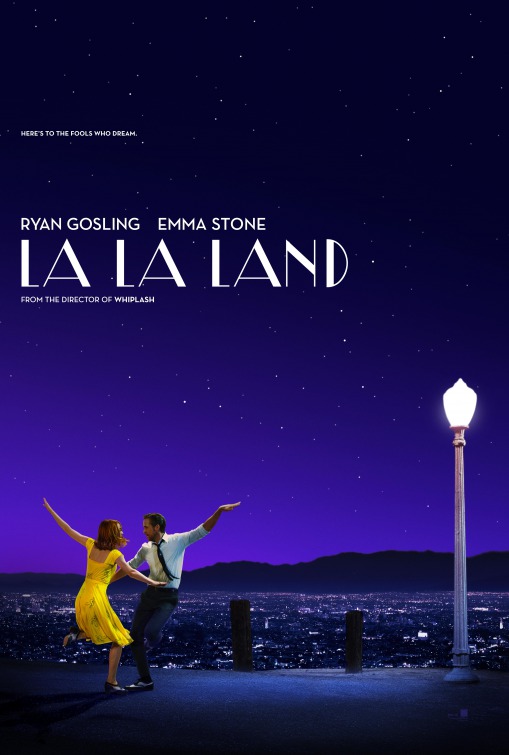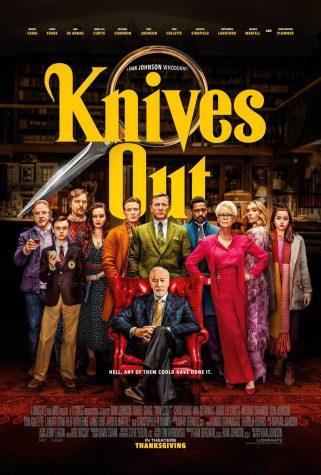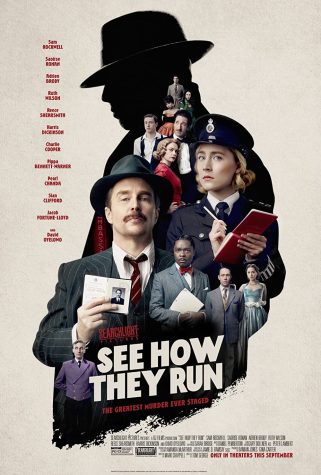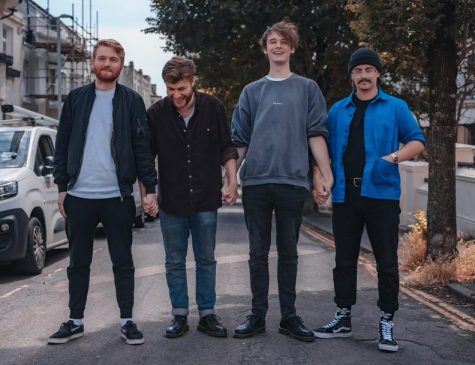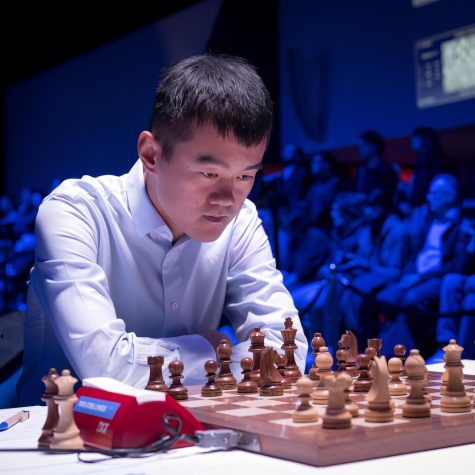Ooh La La—Land
“La La Land” effortlessly infuses old-fashioned Hollywood with retro and whimsical aspects to create a timeless era. Aspiring actress Mia and musician Sebastian pursue their dream careers, finding themselves in the crossroads of making it big. The movie successfully captures the glamour of Hollywood in the 40s through its skillful marriage of dance and song.
Mia (Emma Stone), a local barista, struggles to combat the disposable nature of her acting career. A six-year period of rejection diminishes her self-esteem. Stone genuinely embodies the demure and enchanting persona of Mia, her expressions true to the emotions the audience experiences.
On the other hand, Sebastian (Ryan Gosling), a piano-based jazz enthusiast who believes the genre has the power to inspire change, makes it his mission to bring the relevance of jazz back to modern-day culture. Gosling makes a convincing Sebastian because of his wit and determination. I am thoroughly pleased with the effort that was put into character development.
Musicals are built on strong theatrical elements, and the movie’s soundtrack includes everything from New Orleans jazz to orchestral compositions. The grandeur of the score accurately captures the emotions of the characters.
The first dance scene between Mia and Sebastian is a tap number to “A Lovely Night.” They break out into song on a mountaintop overlooking the valley below. The tap number displays their playful nature and gives a first glimpse of the couple’s explosive chemistry. Mia’s primary color scheme gives her a bright charm while Sebastian’s classic suit and tie gives him a gentleman-like demeanor. Mandy Moore’s skillful choreography utilizes common objects as props (the bench and purse) and even matching tap shoes, evidence of close attention to detail.
The next eye-catching number is the ballroom dance in the planetarium. In a simple white dress Mia floats across the Planetarium, led by Sebastian’s strength and confidence. After circling around multiple observatory arenas, they ascend into the air, gliding across the starlit sky. Many viewers comment on the elegance of both Stone and Gosling, saying the two possess a graceful chemistry emulating Ginger Rogers and Fred Astaire.
You might be wondering why I left out the much-acclaimed “Another Day of Sun,” since it also utilizes props and is brilliantly executed. I am sad to say I was a tad late and missed the opening scene! Don’t be late, you will truly regret it! But I I will be seeing it a second time in theaters, so I have another chance to experience it.

To give you an idea of the cast’s grit and determination to make the movie a worthwhile spectacle, consider this: The cast rehearsed dance every day for two months. On top of this, Ryan Gosling practiced on the piano for three hours every day for three months. He chose to learn the instrument himself so the filming crew could capture him instead of a stunt double. In order for Gosling to fully become Sebastian, he became a passionate pianist. I was blown away by his talent, and I would say the investment was well worth the time.
John Legend surprised viewers with another musical breakthrough playing Keith. Legend, a pianist, had to translate his musical gifts to learning the guitar. All of this preparation contributed to the film’s success, earning numerous awards—including the prestigious Golden Globe nomination.
Aside from the brilliant combination of music and dancing, the cinematography is extraordinary. The large dance numbers are captivating thanks to the use of creative camera angles, movements and screen placement.
“Someone in the Crowd” features Mia and her three roommates, dressed in solid, bright colors. They convince Mia to attend a party and break off into a dance number which intertwines throughout the apartment. The camera zooms in and out of rooms, and in between, when traveling to the next room, all you see is a blur of a wall acting as a transition. The girls interact with the camera, scurrying in front as they move down a narrow hall. To add depth, the camera simultaneously comes to a halt as the girls stop dancing. This fast-paced and multi-directional movement creates a lively atmosphere.
The “Summer Montage / Madeline” scene employs similar techniques. As Mia enters the party, the people in the background freeze in mid expression. She then makes her way through a few dancing couples, who eventually fade behind her once she moves past them. Soft piano melodies accompany the fall of white “snow.” The camera is angled at her back, trailing slowly behind. As the party reaches its height, the camera takes position in the center of the pool. Now, the crowd gathers around the pool, singing and dancing in unison. The camera spins to capture the line of performers, and as the music speeds up, so does the whirling camera motion. (I would recommend people who are susceptible to motion sickness to close their eyes during this part.)
Once the camera spins in circles, a man jumps off the balcony above into the water. The camera then proceeds to dunk under the water and surface with the man. The scene blows my mind! It truly is a masterpiece.
The combination of visual elements along with a realistic story-line leaves viewers in awe. The audience can expect to feel light on their feet. The true success story is how love shared between Mia and Sebastian pushes each to pursue their dream careers. The passion Sebastian has for Jazz initiates Mia to find inspiration for acting from within. Tapping into this original source liberates Mia to perform without fear. Sebastian’s self-assurance encourages Mia to forget previous defeating moments.
(SPOILERS FOR THE ENDING HERE)
Although some find the ending full of sorrow, I urge you to look past the result of their relationship and focus on what love was capable of accomplishing. Notice how the colors symbolize the stages of their intimacies. When they first meet at the dinner club, they both wear a dark blue. This dark blue represents their initial love, a love that is forever-new and restoring. Later on, at the climax of their relationship, the color green is the motif that represents times of uncertainty. They have dinner and reveal that their careers are taking off—off without each other. They grow apart and start individual lives. The last scene is the most important clue that their love never relinquished. This dark blue reappeared at the ending when Mia and her husband enter the jazz club called “Seb’s,” short for Sebastian. If you remember, Mia designed the logo, and after all these years, Sebastian has kept it. The blue from his sign gives the room a faint blue glow. The symbolic way color is used suggests that love was never lost or left behind, but it evolved with changing times.
(END OF SPOILERS)
Overall, the charisma of “La La Land” won my heart over; it truly is a modern-day classic, one that restores hope in the pursuit of discovering self purpose.
EDITORS NOTE: Mia’s job was mistakenly labelled as “bartender” and was changed to “barista” on January 24.


